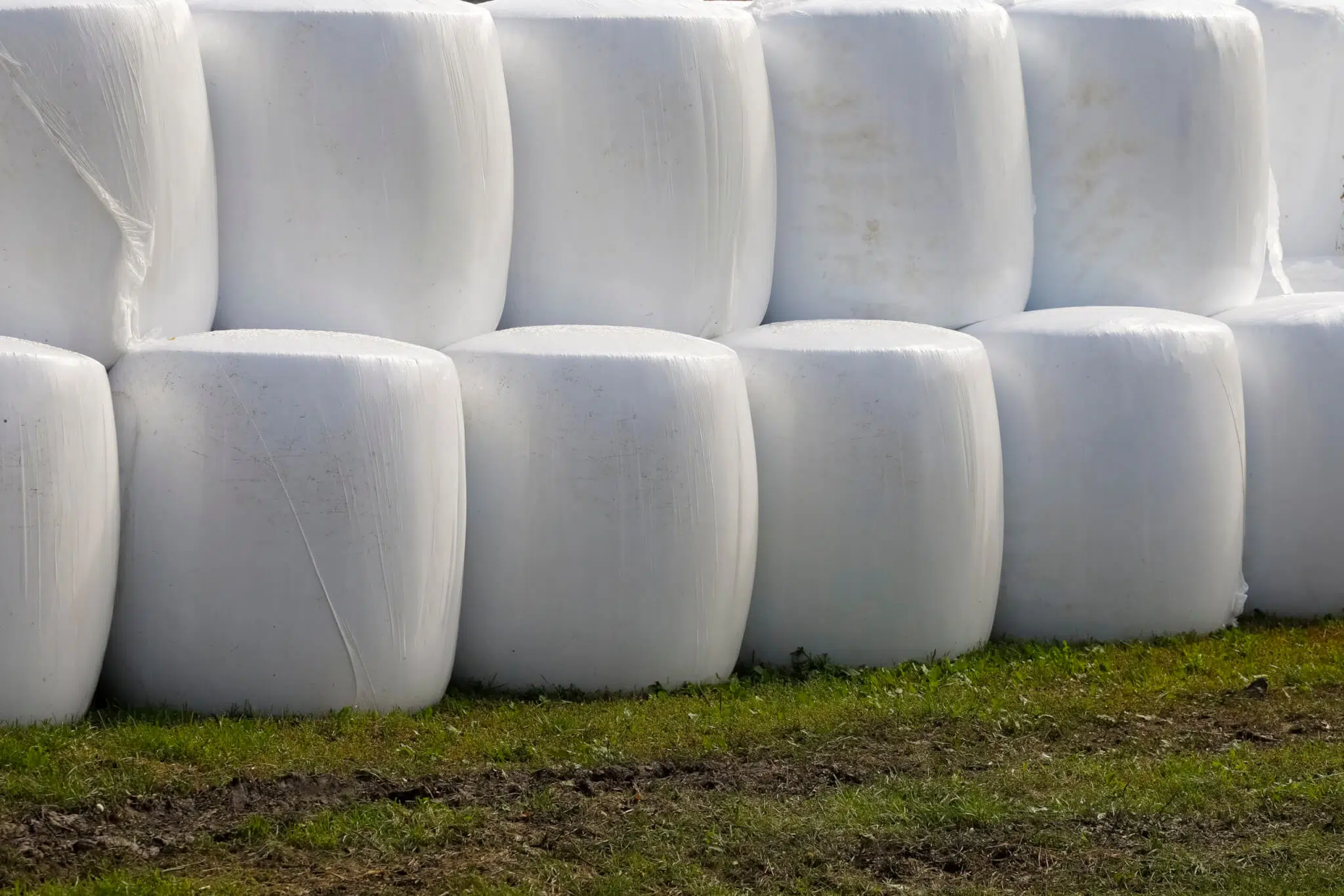Imagine for a moment that a thief were to break into your house every night, stealing discrete amounts of your hard-earned savings, right from under your bed. You might not notice at first, but after months of constant losses, it could cost you everything. In the house of agriculture this thief has been stealing and destroying the world’s productivity through on-field and in-storage fungal growth. However, the losses in silage, the pillow on which dairy farmers, in particular, rest their heads during the winter months, may cost us the most. These thieves are known as mycotoxins.
Are they there?
Mycotoxin production through on-field and in-storage fungal growth has been critically studied for many years due to the losses caused through grain rejection and suboptimal livestock productivity. However, losses caused by the consumption of contaminated silage have not received as much attention, mostly on account of the belief that if the silage production process is followed correctly, fungal growth should be limited due to the anaerobic conditions under which silage is produced.
The silage production process allows for a high margin of error simply because the process of ensuring the proper preservation of green forage is a very complex one. Because mycotoxins have the ability to grow on-field, this is often the first point of contact where losses begin. This can create an exponential growth pattern as a result of the continued accumulation of on-field mycotoxins such as fumonisins and tricothescenes, as well as the production of silage-related mycotoxins, such as mycophenolic acid and roquefortine C. The co-occurrence of these groups of mycotoxins is detrimental. After all, it is extremely difficult to barricade your front door successfully when multiple thieves are already inside.
A recent investigation into the possible occurrence of mycotoxins in silage revealed staggering results. The study revealed that over half of the samples that were investigated tested positive for the presence of at least one mycotoxin, while just over one-third of samples showed evidence of co-contamination. These alarming results again emphasise the need for further investigations into mycotoxin contamination and the crippling impact of mycotoxins over time.
Fungal growth in silage has frequently been considered a problem that is easily resolved by shedding the top layers of the bunker, where it is believed that most of the contamination occurs. In fact, examination of the lower layers of silage bunkers has shown that, although fungal growth and spoilage occur mostly in the top two metres, mycotoxins are able to continue accumulating and contaminating right down to the bottom of the bunker.
Managing mycotoxins in silage
Silage production is an extremely complex process. Proper mycotoxin prevention requires ensuring that forage crops are exposed to as little environmental stress as possible. These environmental stressors include drought, pests, flooding, as well as poor crop management. Ensiling at the correct stage of crop maturity, as well as proper cutting heights, are necessary to minimise the risk of fungal growth.
Correct aeration and a rapid drying process on-field are vital to ensure a low moisture content in the crop, as the presence of a humid environment encourages swift fungal growth. Proper compaction of silage layers minimises the presence of air pockets, spoiling the desired aerobic environment of the fungus. Finally, proper silage sheeting with correct weighting is the last step in sealing one’s investment against these silent thieves. Once the bunker is opened for consumption, it is essential to remove any visible fungal growth. Mycotoxin testing can be carried out if there is a suspicion of contamination; however, accurate testing is still a challenge due to the complex nature of these toxins.

Conclusion
Mycotoxins truly are silent thieves, ever present and constantly looking to invade the house of agriculture. Knowing where you are vulnerable and taking proper preventative measures are the first steps in attempting to repel the invisible enemy. There are still many unknowns in the world of mycotoxins and the threat they pose, but what we do know is that with a rapidly growing population across the globe, the time to act is now.
Download the full article as published in the May issue of The Dairy Mail and make sure you also read the first and last articles in this series in the April and June issues.
Heinrich Jansen van Vuuren holds a BSc in animal science from the University of Pretoria and is the team lead for amino acids, companion animals, and aquaculture at Chemuniqué.










